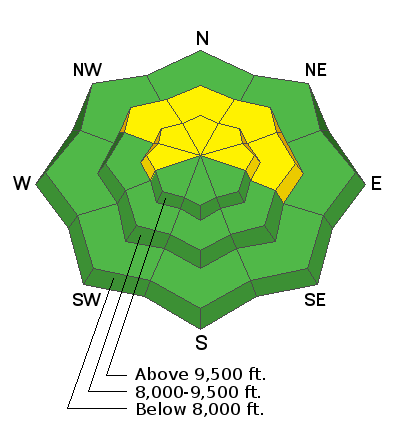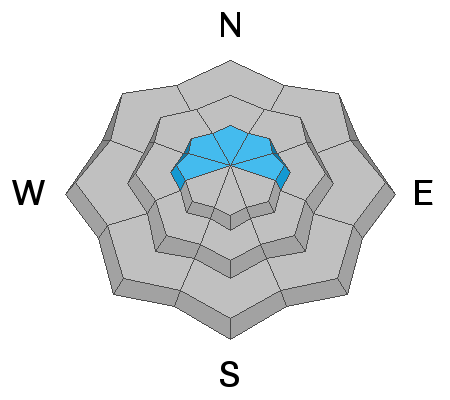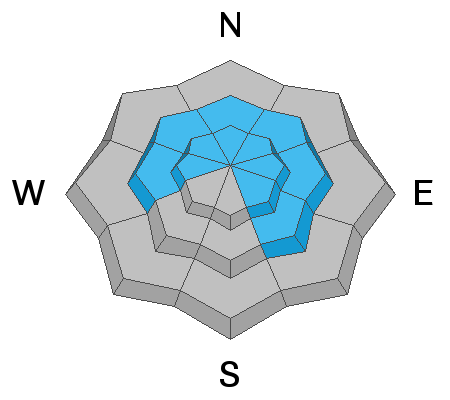Forecast for the Provo Area Mountains

Issued by Evelyn Lees on
Tuesday morning, January 15, 2019
Tuesday morning, January 15, 2019
Today, there is a pockety MODERATE danger for triggering a small wind drift, most likely on an on upper elevation slope facing the north 1/2 of the compass. But watch for the hard, cracky drifts to be scattered on other aspects and even a few mid elevation slopes. There remains a MODERATE danger for triggering an avalanche that breaks 1-3' deep into faceted snow at the mid and upper elevations, most likely in steep, wind loaded, unsupported terrain, that faces northwest through east. Approach wind drifted slopes with caution, and consider the consequences of getting caught in any slide.

Low
Moderate
Considerable
High
Extreme
Learn how to read the forecast here











